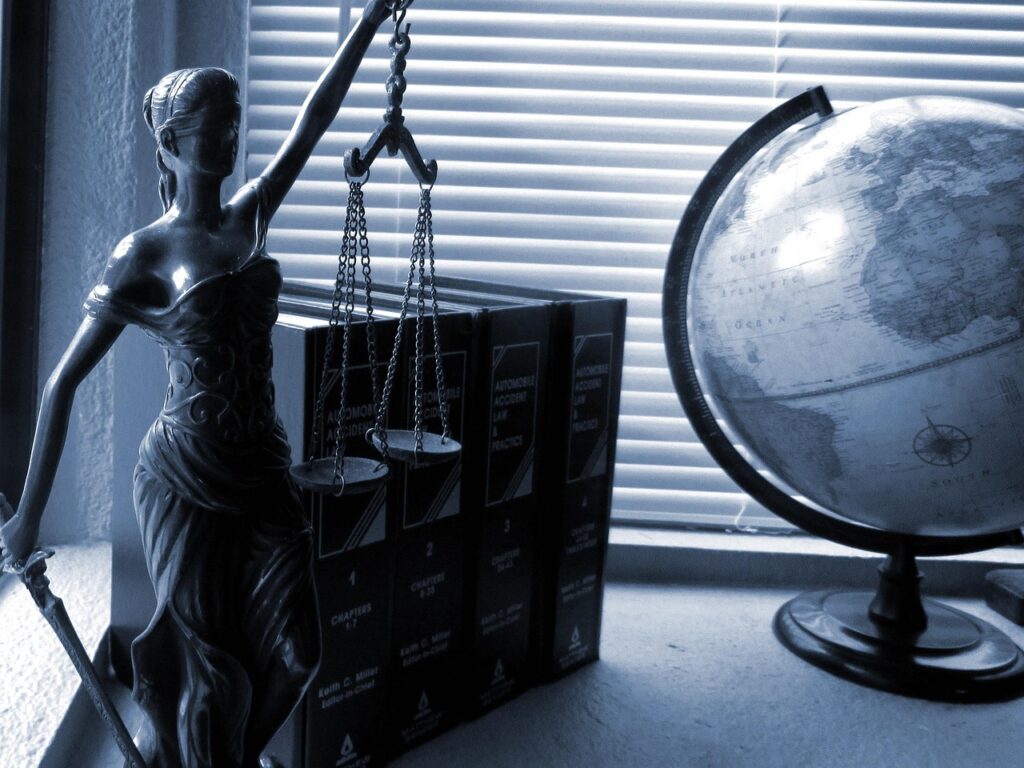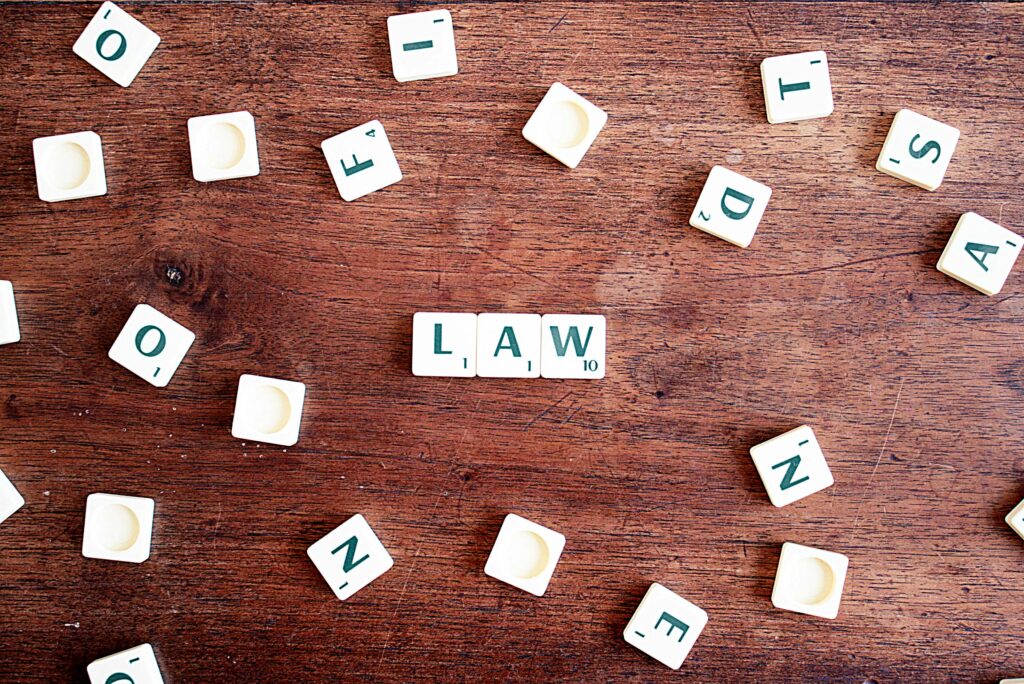Published On: 15th August 2025
Authored By: Bhumi Anil Kakad
Adv. Balasaheb Apte College Of Law
Citation:
Kesavananda Bharati Sripadagalvaru and Ors. v. State of Kerala and Anr., (1973) 4 SCC 225; AIR 1973 SC 1461
1. Introduction
The Kesavananda Bharati case, determined through a 13-member bench of the Supreme Court of India, is a landmark judgment in the constitutional history of India. It mounted the “simple structure doctrine”, putting substantial limits on the Parliament’s strength to amend the constitution under Article 368. The choice profoundly formed Indian constitutional regulation and reaffirmed the supremacy of the constitution over parliamentary supremacy.
2. Facts of the Case
His Holiness Kesavananda Bharati, the top of the Edneer Mutt, a Hindu monastic organization in Kerala, challenged the constitutionality of the Kerala Land Reforms Act, 1963 (as amended in 1969 and 1971). Those legal guidelines had been added as a part of land redistribution efforts to lessen monetary inequality and offer land to the landless.
Kesavananda Bharati filed a petition under Article 26 (freedom to control non-secular affairs) difficult the kingdom’s land acquisition, claiming it violated his fundamental rights below:
- Article 14 (right to Equality)
- Article 19(1)(f) (right to assets – repealed in 1978)
- Articles 25 and 26 (Freedom of faith and management of religious affairs)
At some point during the pendency of the petition, the 24th, twenty fifth, and twenty ninth Constitutional Amendments have been passed, which gave Parliament sweeping powers to amend the charter and eliminated judicial assessment of certain property-associated laws by setting them in the ninth agenda.
the principal query now became: Can Parliament amend any part of the constitution, which includes essential Rights?
3. Legal Issues
- Scope of Article 368 – Does it empower Parliament to amend any part of the charter without question?
- Nature of Constitutional Amendments – Are constitutional amendments under Article 368 subject to judicial review?
- Doctrine of simple shape – Is there a center, a part of the constitution that Parliament can’t modify?
- Validity of the twenty-fourth, 25th, and twenty-ninth Constitutional Amendments
4. Arguments of the Parties
Petitioner (Kesavananda Bharati)
- Argued that the period “amend” in Article 368 does not now encompass the strength to spoil or abrogate the charter.
- Fundamental Rights form the center of the charter and can not be abrogated
- Invoked Golak Nath v. Country of Punjab [(1967) 2 SCR 762] in which it was held that Parliament cannot amend fundamental Rights..
Respondent (State of Kerala and Union of India)
- Argued that the power beneath Article 368 is plenary and unlimited.
- Asserted that the constitution does not include any “primary shape” which cannot be amended.
- Defended the amendments as essential for social justice and equitable distribution of resources
5. Judgment
Majority Opinion (7:6)
The thirteen-choose bench, the most important in Indian records, brought a cut up verdict.
the general public held:
1 Parliament’s energy to amend the charter isn’t unlimited.
2 It can amend any part of the charter, along with fundamental Rights.
3 But, it cannot adjust the “fundamental structure” or framework of the charter.
Basic Structure Doctrine
Leader Justice S.M. Sikri (writing the majority opinion) and other concurring judges held that the constitution has certain capabilities which are so fundamental that even Parliament can’t amend them.
those capabilities include:
- Supremacy of the charter
- The Republican and democratic shapes of government
- Secular character of the constitution
- Separation of powers
- Federal character of the constitution
- Judicial evaluation
- Rule of regulation
- Independence of the judiciary
- unfastened and fair elections
Validity of Constitutional Amendments
- Twenty-fourth modification (Parliament’s power to amend fundamental Rights) – valid
- Twenty-fifth modification (limit on property rights and Directive ideas) – in part valid; however, judicial assessment cannot be excluded.
- 29th modification (Insertion of Kerala Land Reforms Acts in 9th schedule) – valid, however challenge to judicial review.
- Minority Opinion (6 Judges)
- The dissenting judges, such as Justice A.N. Ray, held that Parliament had the plenary power to amend any part of the charter, consisting of essential Rights, and that the simple shape doctrine no longer became justified with the aid of the text of the constitution.
6. Significance and Impact
The status quo of the simple structure Doctrine in this situation created the most essential constitutional doctrine in India – the primary structure Doctrine. It has considered the fact that served as a judicial check on parliamentary power.
- Limiting Parliament’s power
The judgment clarified that even though Parliament has large powers under Article 368, it can’t alter the primary basis of the constitution.
- Reinstated Judicial evaluation
The court reaffirmed that legal guidelines inserted into the ninth agenda after 1973 can be difficult to judicially evaluate if they violate the fundamental structure.
- Reversal of Golak Nath
The Golak Nath judgment had stated that fundamental Rights cannot be amended. Kesavananda Bharati overruled that element but retained that some important features of the constitution are past amendment.
- long-term influence
The doctrine became applied in multiple destiny judgments:
- Indira Nehru Gandhi v. Raj Narain (1975) – Struck down the clause except for judicial review of the PM’s election.
- Minerva turbines v. Union of India (1980) – Reiterated the balance between essential Rights and Directive principles.
- I.R. Coelho v. Nation of Tamil Nadu (2007) – Held that even the ninth time table legal guidelines can be tested on the touchstone of fundamental shape.
7. Critical Analysis
Strengths:
The doctrine ensures constitutional continuity and balance.
- Prevents authoritarian misuse of Article 368 by future governments.
- Balances Parliamentary supremacy with constitutional supremacy
Criticisms:
The word “basic structure” is not mentioned within the constitution, leading to worries over judicial overreach.
- Critics argue it allows judges to impose their subjective views on what constitutes the basic structure.
- Minority evaluations highlighted the risks of curtailing democratic processes through judicial doctrines.
in spite of criticisms, the doctrine has stood the take a look at of time and is seen as a cornerstone of Indian constitutional jurisprudence.
8. Philosophical and Comparative Dimensions
The Kesavananda Bharati judgment isn’t always the best constitutional milestone, but additionally a deeply philosophical exploration of the character of a written charter, the role of constituent strength, and the limits of the country’s authority. by way of introducing the primary shape Doctrine, the Indian ultimate courtroom entered the area of constitutional philosophy, grappling with questions of constitutional identification, sovereignty, and legitimacy.
Philosophical Foundations
At its middle, the primary structure Doctrine rests on the perception that a constitution is more than just a legal record; it’s a social contract and an ethical covenant between the country and its residents. This concept draws from the herbal regulation way of life, which emphasizes that certain rights and systems are so intrinsic to a simple society that no criminal authority can abrogate them.
Justice H.R. Khanna, one of the concurring judges, invoked moral limits on prison energy, suggesting that constitutional amendments can not smash the document’s very soul. In doing so, the court held that popular sovereignty, as expressed through Parliament, must yield to constitutional sovereignty, which endures beyond transient political majorities.
Comparative Constitutional Insights
The Indian Supreme Court’s approach in Kesavananda Bharati finds resonance in other constitutional democracies, although the volume of judicial review over constitutional amendments varies globally.
In Germany, the primary law (Grundgesetz)explicitly prohibits amendments to certain everlasting clauses (Article 79(three)), along with human dignity and federalism. These inspired factors of the Indian doctrine, though India lacks a textual eternal clause.
In the USA, constitutional amendments are rigid and require state ratification, supplying a structural barrier instead of judicial assessment of amendments. U.S. courts do not possess the authority to invalidate amendments duly ratified under Article V.
South Africa’s charter additionally provides for a few entrenched provisions that require a supermajority or even a referendum for change.
What makes the Indian legal system unique is that judicial innovation filled the gap left by way of constitutional silence. The Indian charter does not expressly prohibit any part from being amended. consequently, the judiciary’s declaration of the fundamental shape Doctrine is an instance of transformative constitutionalism, the use of interpretation to protect the spirit of democracy, secularism, and the rule of law.
lengthy-time period Constitutional lifestyle
The impact of Kesavananda Bharati goes beyond its legal holdings. It reflects the Indian judiciary’s ethical guardianship role, ensuring that constitutional evolution takes place inside the framework of central democratic values. through the years, this judgment has cultivated a constitutional culture that views the constitution no longer as a static text but as a residing file, whose simple shape acts as an ethical compass for legislative and government action.
9. Conclusion
The Kesavananda Bharati case is a landmark in constitutional law, not only in India but globally. By way of laying down the basic structure Doctrine, the ideal court docket covered the spirit of the constitution from excessive parliamentary encroachment. It struck a first-rate balance between constitutional flexibility and pressure, permitting amendments for social development, however, preserving the core identity of the constitution. Even five years later, the judgment continues to guide the judiciary in evaluating constitutional amendments and safeguarding democratic ideas.
References
- Kesavananda Bharati v State of Kerala (1973) 4 SCC 225; AIR 1973 SC 1461.
- Golak Nath v State of Punjab (1967) 2 SCR 762.
- Minerva Mills Ltd v Union of India (1980) 3 SCC 625.
- Indira Nehru Gandhi v Raj Narain 1975 Supp SCC 1.
- I R Coelho v State of Tamil Nadu (2007) 2 SCC 1.
- HM Seervai, Constitutional Law of India: A Critical Commentary (4th edn, Universal Law Publishing 1996).
- Granville Austin, Working a Democratic Constitution: The Indian Experience (Oxford University Press 1999).




